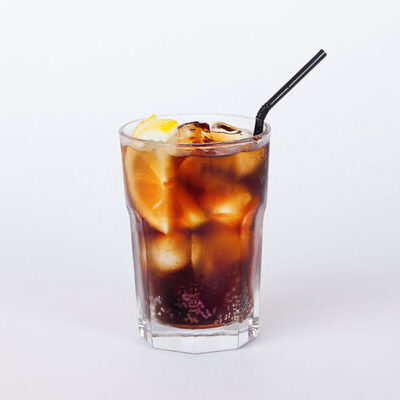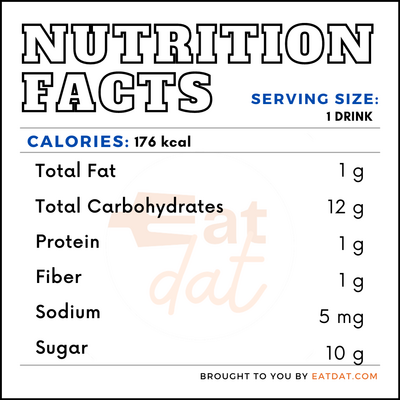
Batanga
also known as Charro Negro
What is Batanga?
Batanga is a cocktail made with tequila, cola, and lime juice. The name of the cocktail means “thick in the middle”, a reference to a regular patron of La Capilla, a famous bar in Mexico, where the drink was invented. The cocktail calls for Mexican Coke to be used for its characteristic flavor. This drink takes on the color of the cola, becoming a rich brown tone.
- It has an earthy and fruity flavor.
- Batanga requires a good quality tequila, such as tequila reposado or tequila blanco.
Some of the most popular Mexican cocktails include:
- Michelada
- Paloma
- Margarita
- Batanga
- Vampiro
- Cazuela Voladora
Origin of batanga
This cocktail belongs to the changuirongo style of cocktails in which tequila is combined with different types of soda to create different drinks. When Coke tried to go international in the 1930s, it gained popularity in Mexico. The Batanga was created in a bar called La Capilla, located in the small town of Tequila, in the 1950s. Don Javier, the owner of the bar, is credited with its creation. These days, it remains a beloved Mexican cocktail.
Nutrition
Nutritional profile for Batanga (1 drink):

Limes have a high concentration of vitamin C, which keeps the immune system healthy. Other nutrients that limes contain include iron, calcium, vitamin B6, thiamine, and potassium. Also, lime juice also provides antibacterial, antioxidant, and phytochemical properties, which are excellent for good health. In addition, lime juice can help protect the heart, liver, bone, as well as prevent urinary diseases.
However, soft drink consumption may lead to obesity and increased risk of diabetes and cardiovascular diseases as well as metabolic syndrome. Furthermore, overconsumption of alcohol might lead to health problems and may result in a change in the brain’s functioning patterns, liver cirrhosis, pancreatitis, heart problems, strokes, different types of cancers, as well as affect overall immunity. It is best to consume this cocktail responsibly and in moderation.
Commercial production
The Batanga is a simple cocktail to make with just three ingredients: tequila, cola, and lime juice. First, the coke and tequila are mixed in a 2:1 ratio. The secret of the La Capilla bar’s cocktail is that it is stirred with the knife that is used to cut ingredients like avocado, chilies, and lemon. Other bars may or may not use this technique. Then, the drink is served in a rocks glass with a salted rim. It may be garnished with a lime wedge.
Batanga recipes
This is a straightforward cocktail to prepare and also lends itself to variations. Here are a few recipes to try:
FDA regulations
Tequila falls under the purview of the TTB and is defined as a spirit distilled in Mexico, in compliance with the laws and regulations of the Mexican Government, from a fermented mash derived principally from the Agave Tequilana Weber and bottled at not less than 40% alcohol by volume. The Food & Drug Administration regulates sodas to ensure that they are safe to consume and accurately labeled. Companies producing soft drinks must only use additives approved by the FDA and indicate any contact substances.
The FDA regulates all fruit juices and citrus juices, including lime juice. It is specified that lime juice must have at least 24.5 percent concentration. In addition, lime juice is often used as a flavoring or acidifier, which comes under FDA regulations.
References
Vartanian, Lenny R et al. “Effects of soft drink consumption on nutrition and health: a systematic review and meta-analysis.” American journal of public health vol. 97,4 (2007): 667-75. doi:10.2105/AJPH.2005.083782, https://www.ncbi.nlm.nih.gov/pmc/articles/PMC1829363/
Is it time to rethink how much you drink?, Harvard Health Publishing, Harvard Medical School, https://www.health.harvard.edu/heart-health/is-it-time-to-rethink-how-much-you-drink
Huang, Cheng-Wen et al. “Tequila Regulates Insulin-Like Signaling and Extends Life Span in Drosophila melanogaster.” The journals of gerontology. Series A, Biological sciences and medical sciences vol. 70,12 (2015): 1461-9. doi:10.1093/gerona/glv094, https://www.ncbi.nlm.nih.gov/pmc/articles/PMC4675830/
